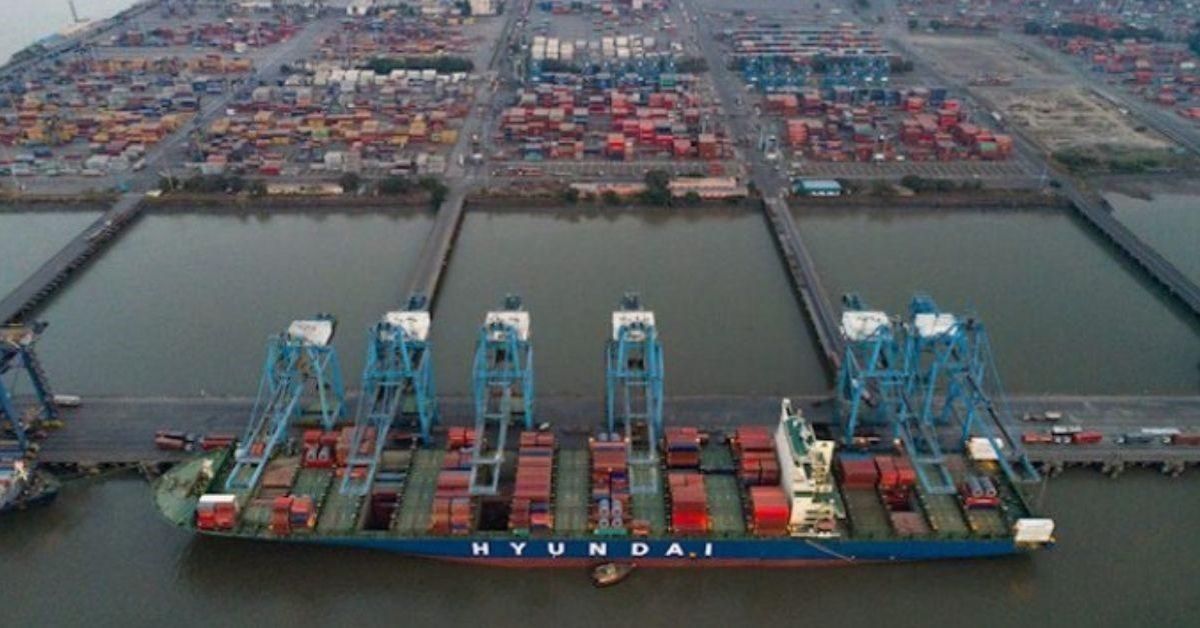Jawaharlal Nehru Port Authority (JNPA), India’s premier container gateway, reported a robust 12.86% year-on-year rise in total cargo throughput for July 2025, reaching 8.51 million tonnes, compared to 7.54 million tonnes in the same month last year. Container traffic at the port witnessed a substantial increase of 10.80%, with 668,336 TEUs handled during the month, up from 603,217 TEUs in July 2024. The surge was led by strong performance across most container terminals, particularly Bharat Mumbai Container Terminals Pvt. Ltd. (BMCT), which posted its highest-ever monthly container throughput, handling 231,104 TEUs — a 36.80% month-on-month jump.
Terminal-wise container throughput in July 2025 was as follows:
BMCT: 231,104 TEUs (+36.80% MoM)
APM Terminals (APMT): 189,520 TEUs (+1.95%)
Nhava Sheva International Container Terminal (NSICT): 109,977 TEUs (+10.42%)
Nhava Sheva India Gateway Terminal (NSIGT): 91,819 TEUs (–5.75%)
Nhava Sheva Freeport Terminal (NSFT): 45,227 TEUs (–9.72%)
Nhava Sheva Distribution Terminal (NSDT): 689 TEUs (–45.66%)
Rail operations also recorded a notable uptick. JNPA handled 646 container rakes carrying 106,482 TEUs in July 2025, up from 530 rakes and 84,690 TEUs in the same month last year.
For the fiscal year to date (April–July 2025), JNPA has handled:
2.618 million TEUs, a 14.28% increase year-on-year
32.71 million tonnes of total cargo, up 10.73% YoY
2,410 container rakes moving 390,597 TEUs, compared to 2,064 rakes and 327,999 TEUs in the corresponding period of the previous year.
Established in 1989, Jawaharlal Nehru Port Authority is a statutory body under the Government of India, managing five container terminals (NSFT, NSICT, NSIGT, BMCT, APMT), a shallow water berth, and a multi-product Special Economic Zone spread across 277 hectares. It continues to play a vital role in facilitating India’s maritime trade.
BMCT, operated by PSA International, remains a key player in JNPA’s growth story. Its July 2025 performance reinforces its position as the leading terminal at the port, contributing significantly to the overall volume spike.









